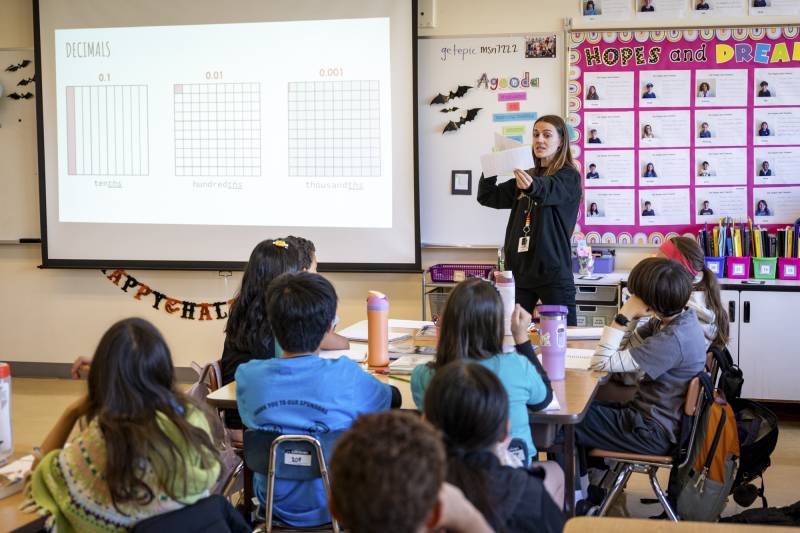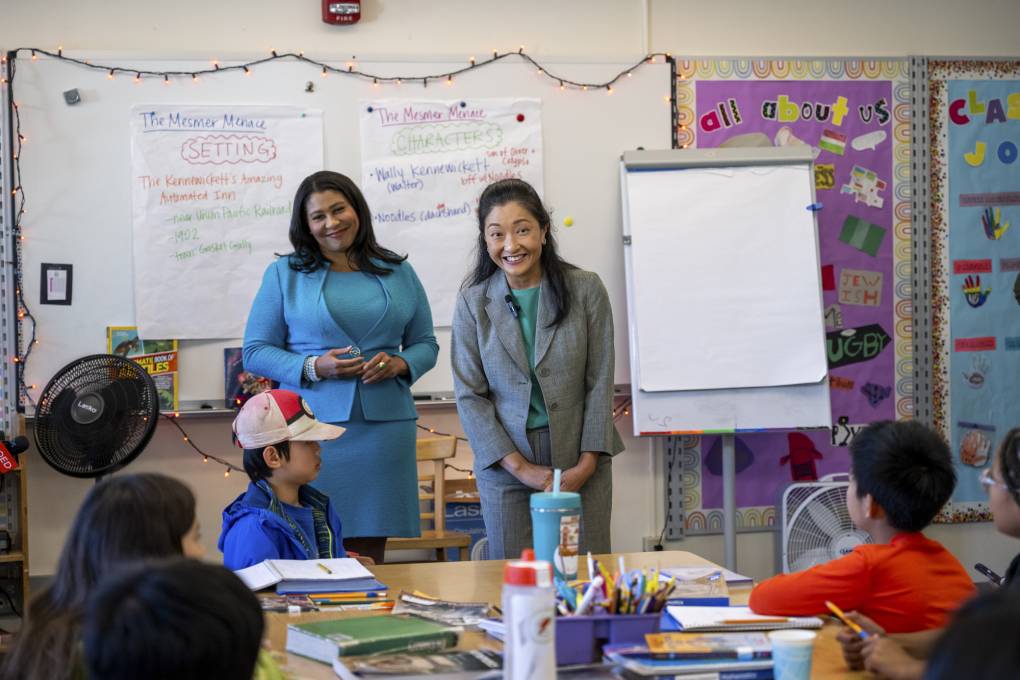Updated 10:35 a.m. Wednesday
San Francisco’s new superintendent of schools appeared before the Board of Supervisors for the first time in her new role Tuesday evening at a hearing on the district’s paused school closure plan.
Superintendent Maria Su was appointed by the school board last week, promising to end months of chaos in the San Francisco Unified School District that led to the resignation of her predecessor, Matt Wayne, and an indefinite pause on the district’s school closure plans. The supervisors, who have become increasingly involved with the district’s functions this fall, requested the hearing to learn how staff could still be affected by the closures.
Cassondra Curiel, president of United Educators San Francisco, said educators were left out of the loop on the closure plan, and called on Su to include them in future discussions about possible consolidations — and significant budget cuts expected in December.
“We need our families to know this information from the source,” Curiel said at the hearing. “We’re often the first point of contact around any information, and when we did not have it [about school closures], we couldn’t answer for what was going to happen.”


